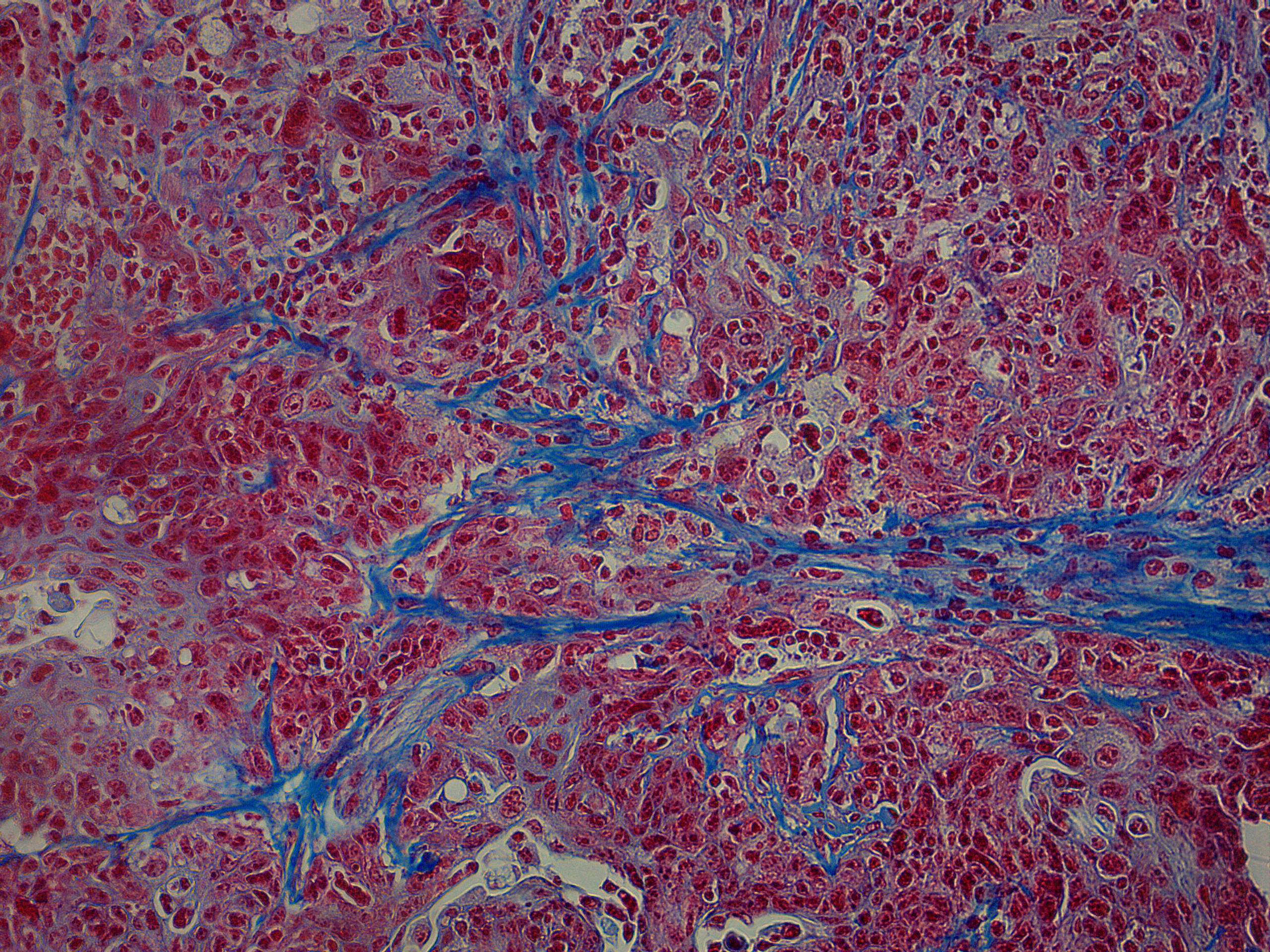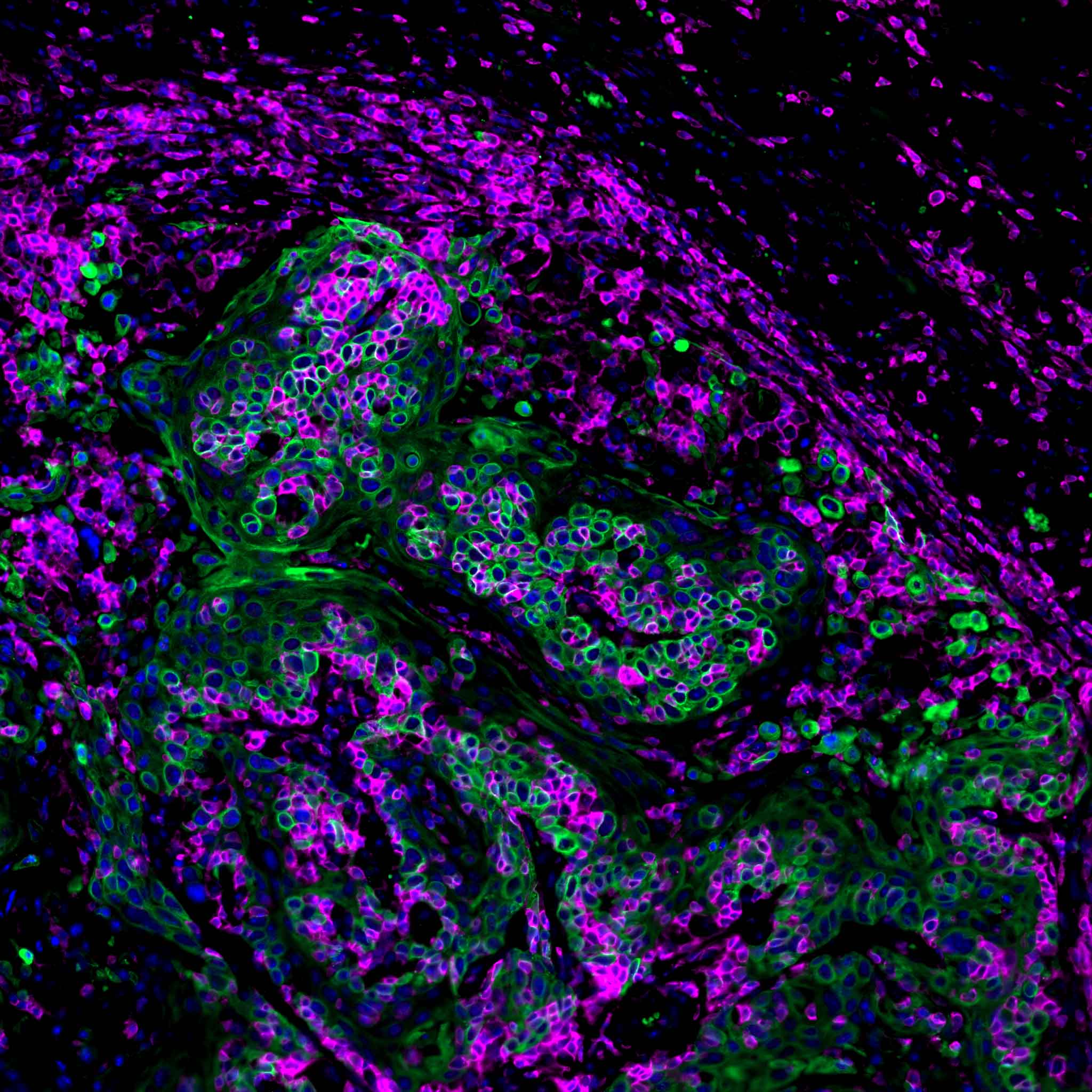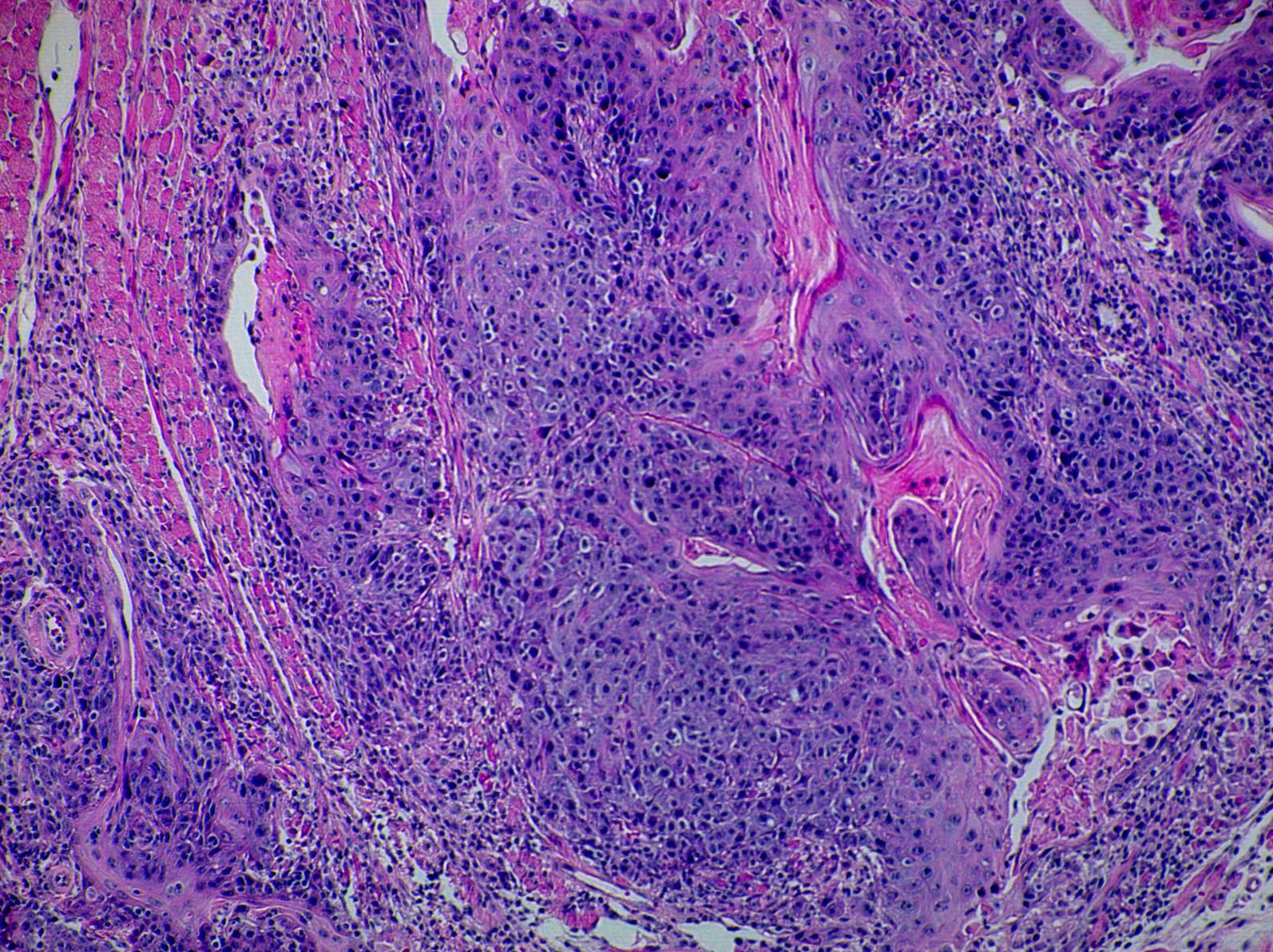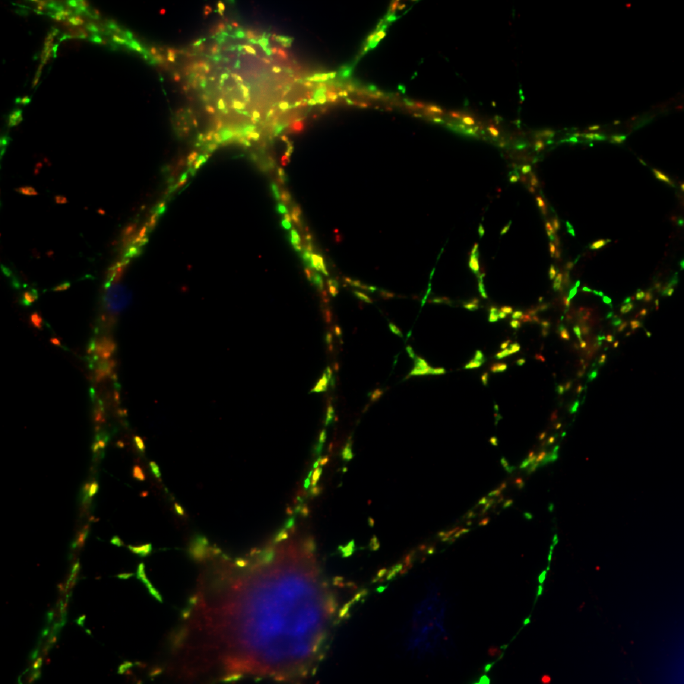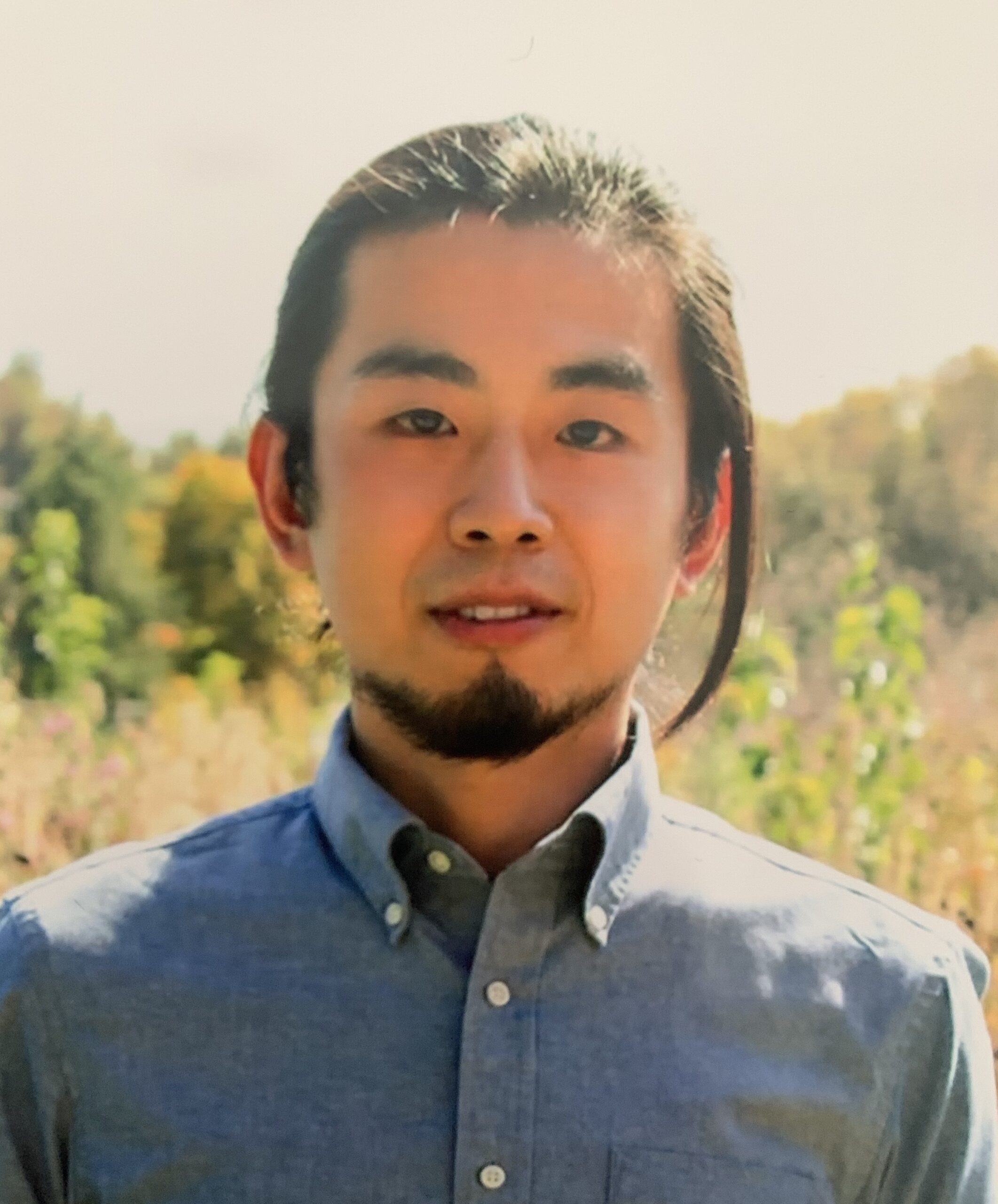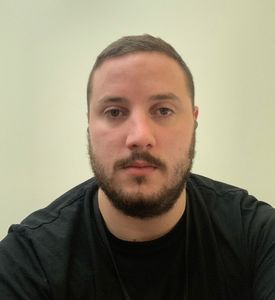My laboratory investigates the role that viral proteins, particularly viral proteases, play in remodeling host cells and creating a favorable environment for virus replication. To this end, we take a two-pronged approach: employ modern systems biology methods to get a global view of the virus-host interface and then use classical molecular biology and biochemistry techniques to gain deeper mechanistic insights.
The major focus of my laboratory is to identify and characterize host proteins that are cleaved by viral proteases. For this, we use a relatively unbiased approach to label and capture protein N-termini generated by proteolytic cleavage in virus-infected cells. This powerful proteomics (“degradomics”) approach not only identifies the cleaved proteins but also the site of cleavage within a protein. Once the proteins are identified and their cleavage is validated by orthogonal methods, we then ascertain the functional significance of these cleavages in the virus life cycle.
Besides studying host proteins that we have identified from the degradomics analysis of clinically important enteroviruses, we continue to extend this analysis to viruses from other families with the goal to get a global view of cellular pathways commonly targeted or co-opted by diverse viruses. These studies are expected to provide novel insights into cell biology, antiviral defenses, and disease mechanisms. Also, viral proteases are one of the prime targets for antiviral development, and therefore deeper insights into their function will help improve viral therapeutics.
Laboratory Members
Nathan Burra – Undergraduate Student
Sophia Tang – Undergraduate Student
Anna Trapani – Undergraduate Student
Research positions are available, please contact Dr. Saeed.
Representative Publications
- Chen DY, Turcinovic J, Feng S, Kenney DJ, Chin CV, Choudhary MC, Conway HL, Semaan M, Close BJ, Tavares AH, Seitz S, Khan N, Kapell S, Crossland NA, Li JZ, Douam F, Baker SC, Connor JH, Saeed M. Cell culture systems for isolation of SARS-CoV-2 clinical isolates and generation of recombinant virus. iScience. 2023 May 19;26(5):106634. doi: 10.1016/j.isci.2023.106634. Epub 2023 Apr 10. PMID: 37095858; PMCID: PMC10083141.
-
Chen DY, Chin CV, Kenney D, Tavares AH, Khan N, Conway HL, Liu G, Choudhary MC, Gertje HP, O’Connell AK, Adams S, Kotton DN, Herrmann A, Ensser A, Connor JH, Bosmann M, Li JZ, Gack MU, Baker SC, Kirchdoerfer RN, Kataria Y, Crossland NA, Douam F, Saeed M. Spike and nsp6 are key determinants of SARS-CoV-2 Omicron BA.1 attenuation. Nature. 2023 Mar;615(7950):143-150. doi: 10.1038/s41586-023-05697-2. Epub 2023 Jan 11. PMID: 36630998.
-
Weingarten-Gabbay S, Pearlman LR, Chen DY, Klaeger S, Taylor HB, Welch NL, Keskin DB, Carr SA, Abelin JG, Saeed M, Sabeti PC. HLA-I immunopeptidome profiling of human cells infected with high-containment enveloped viruses. STAR Protoc. 2022 Dec 16;3(4):101910. doi: 10.1016/j.xpro.2022.101910. Epub 2022 Dec 8. PMID: 36595954; PMCID: PMC9731565.
-
Chin CV, Saeed M. Surgical Strikes on Host Defenses: Role of the Viral Protease Activity in Innate Immune Antagonism. Pathogens. 2022 Apr 28;11(5):522. doi: 10.3390/pathogens11050522. PMID: 35631043; PMCID: PMC9145062.
-
Chen DY, Khan N, Close BJ, Goel RK, Blum B, Tavares AH, Kenney D, Conway HL, Ewoldt JK, Chitalia VC, Crossland NA, Chen CS, Kotton DN, Baker SC, Fuchs SY, Connor JH, Douam F, Emili A, Saeed M. SARS-CoV-2 Disrupts Proximal Elements in the JAK-STAT Pathway. J Virol. 2021 Sep 9;95(19):e0086221. doi: 10.1128/JVI.00862-21. Epub 2021 Sep 9. PMID: 34260266; PMCID: PMC8428404.
-
Weingarten-Gabbay S, Klaeger S, Sarkizova S, Pearlman LR, Chen DY, Gallagher KME, Bauer MR, Taylor HB, Dunn WA, Tarr C, Sidney J, Rachimi S, Conway HL, Katsis K, Wang Y, Leistritz-Edwards D, Durkin MR, Tomkins-Tinch CH, Finkel Y, Nachshon A, Gentili M, Rivera KD, Carulli IP, Chea VA, Chandrashekar A, Bozkus CC, Carrington M; MGH COVID-19 Collection & Processing Team; Bhardwaj N, Barouch DH, Sette A, Maus MV, Rice CM, Clauser KR, Keskin DB, Pregibon DC, Hacohen N, Carr SA, Abelin JG, Saeed M, Sabeti PC. Profiling SARS-CoV-2 HLA-I peptidome reveals T cell epitopes from out-of-frame ORFs. Cell. 2021 Jul 22;184(15):3962-3980.e17. doi: 10.1016/j.cell.2021.05.046. Epub 2021 Jun 3. PMID: 34171305; PMCID: PMC8173604.
-
Saeed M, Kapell S, Hertz NT, Wu X, Bell K, Ashbrook AW, Mark MT, Zebroski HA, Neal ML, Flodström-Tullberg M, MacDonald MR, Aitchison JD, Molina H, Rice CM. Defining the proteolytic landscape during enterovirus infection. PLoS Pathog. 2020 Sep 30;16(9):e1008927. doi: 10.1371/journal.ppat.1008927. PMID: 32997711; PMCID: PMC7549765.
- Saeed M, Andreo U, Chung HY, Espiritu C, Branch AD, Silva JM, Rice CM. SEC14L2 enables pan-genotype HCV replication in cell culture. Nature. 2015 Aug 27;524(7566):471-5. doi: 10.1038/nature14899. Epub 2015 Aug 12. PMID: 26266980; PMCID: PMC4632207.

